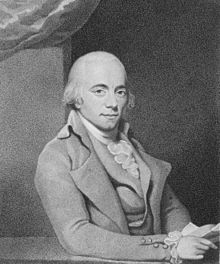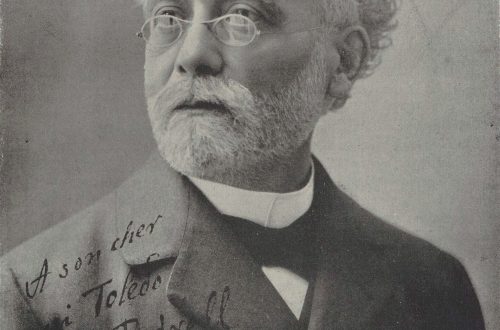
Muzio Clementi (Muzio Clementi) |
Muzio Clementi
Clements. Sonatina in C major, Op. 36 No. 1 Andante
Muzio Clementi – composer of one hundred and sixty sonatas, many organ and piano pieces, several symphonies and the famous studies “Gradus ad Parnassum”, was born in Rome in 1752, in the family of a jeweler, a passionate lover of music, who spared nothing to give his son a solid musical education . For six years, Muzio was already singing from the notes, and the boy’s rich talent helped his teachers – the organist Cardicelli, the counterpointist Cartini and the singer Santorelli, to prepare a nine-year-old boy for a competitive test for the place of an organist. At the age of 14, Clementi took a trip to England with his patron, the Englishman Bedford. The result of this trip was an invitation to the young talent to take the place of bandmaster of the Italian opera in London. Continuing to improve in playing the piano, Clementi eventually becomes known as an excellent virtuoso and the best piano teacher.
In 1781 he undertook his first artistic journey through Europe. Through Strasbourg and Munich, he arrived in Vienna, where he became close to Mozart and Haydn. Here in Vienna, the competition between Clementi and Mozart took place. The event aroused great interest among Viennese music lovers.
The success of the concert tour contributed to Clementi’s further activities in this field, and in 1785 he went to Paris and conquered the Parisians with his play.
From 1785 to 1802, Clementi practically stopped public concert performances and took up teaching and composing activities. In addition, during these seven years, he founded and co-owned several music publishing houses and musical instrument factories.
In 1802, Clementi, together with his student Field, made the second major artistic tour through Paris and Vienna to St. Petersburg. Everywhere they are accepted with enthusiasm. Field remains in St. Petersburg, and Zeiner joins Clementi in his place; in Berlin and Dresden they are joined by Berger and Klengel. Here, in Berlin, Clementi marries, but soon loses his young wife and, in order to drown out his grief, goes back to St. Petersburg with his students Berger and Klengel. In 1810, through Vienna and all of Italy, Clementi returned to London. Here in 1811 he remarries, and until the end of his days he does not leave England, except for the winter of 1820, which he spent in Leipzig.
The musical glory of the composer does not fade. He founded the Philharmonic Society in London and conducted symphony orchestras, making a great contribution to the development of piano art.
Contemporaries called Clementi “the father of piano music”. The founder and head of the so-called London school of pianism, he was a brilliant virtuoso, striking with the freedom and grace of playing, the clarity of finger technique. Clementi brought up in his time a whole galaxy of remarkable students, who largely determined the development of piano performance for many years to come. The composer summarized his performing and pedagogical experience in the unique work “Methods of Playing the Piano”, which was one of the best musical aids of its time. But even now, every student of the modern music school knows; in order to effectively develop the technique of playing the piano, it is simply necessary to play Clementi’s etudes.
As a publisher, Clementi published the works of many of his contemporaries. For the first time in England, a number of Beethoven’s works were published. In addition, he published works by composers of the 1823th century (in his own adaptation). In 1832, Clementi participated in the compilation and publication of the first large musical encyclopedia. Muzio Clementi died in London in XNUMX, leaving behind a large fortune. He left us no less of his wonderful, talented music.
Viktor Kashirnikov





